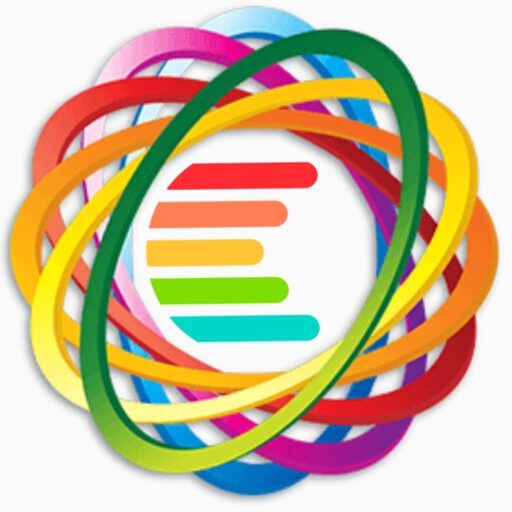The principles of evaluation in the CBSE (Central Board of Secondary Education) curriculum are aligned with the broader goals of improving student learning outcomes, promoting holistic development, and supporting competency-based education. The evaluation system is designed to move beyond rote memorization and emphasize a more balanced approach to knowledge, skills, values, and attitudes.
Here are the key principles of evaluation in the CBSE curriculum:
1. Continuous and Comprehensive Evaluation (CCE)
- Continuous: Evaluation is an ongoing process, not limited to a few tests or exams. It includes regular assessments throughout the year, integrating formative and summative assessments.
- Comprehensive: It covers all aspects of a student’s development, including academic performance, life skills, co-curricular activities, and values.
2. Competency-Based Evaluation
- Focuses on assessing students’ understanding and application of concepts rather than memorization. It aims to develop higher-order thinking skills like problem-solving, critical thinking, and creativity.
- Evaluation methods are aligned with the National Education Policy (NEP) 2020, which emphasizes a shift towards competency-based learning and assessments.
3. Formative and Summative Assessments
- Formative Assessment: Conducted regularly to monitor student progress, provide feedback, and guide instruction. These assessments are typically informal, such as quizzes, projects, group discussions, and oral tests.
- Summative Assessment: These are formal exams conducted at the end of a term or academic year to evaluate the overall performance of students in various subjects.
4. Holistic Development
- Evaluation aims at not only assessing the academic aspects but also the emotional, physical, and social development of students. This includes co-curricular activities, sports, creativity, and leadership qualities.
- CBSE promotes life skills education and includes aspects like environmental education, physical education, and value education in the assessment framework.
5. Inclusivity and Differentiation
- Evaluation methods are designed to accommodate the diverse learning needs of students. Special provisions are made for students with disabilities, ensuring an inclusive and equitable assessment system.
- Differentiated assessment strategies are used to cater to students with varied learning styles and paces.
6. Transparency and Fairness
- Evaluation should be transparent, with clear rubrics, marking schemes, and guidelines provided to students and teachers. The aim is to ensure that assessments are objective and free from bias.
- Regular feedback is provided to students to help them improve their learning outcomes and reduce the anxiety associated with exams.
7. Diagnostic and Remedial Assessments
- Assessment is used as a tool to diagnose learning gaps and challenges faced by students. Based on the assessment results, remedial measures are taken to help students overcome their difficulties and improve performance.
8. Student-Centered Approach
- The evaluation process is designed to be student-friendly, focusing on the learning needs, progress, and overall well-being of students.
- Flexibility in the assessment system allows students to demonstrate their understanding through various means, such as projects, presentations, and portfolios.
9. Use of Technology in Evaluation
- CBSE encourages the integration of technology in the evaluation process, such as the use of digital assessments, online quizzes, and adaptive learning platforms to make the process more efficient, scalable, and student-friendly.
- The emphasis on data-driven assessment helps in personalized learning and tracking student performance more effectively.
10. Ethical Evaluation
- Ensures that assessments are conducted in an ethical and respectful manner, fostering a healthy learning environment that promotes integrity and discourages malpractices like cheating and rote learning.
These principles guide the CBSE’s approach to evaluation, focusing on the holistic development of students, promoting lifelong learning skills, and preparing them for the real world. The ultimate goal is to foster a learning environment where students are assessed based on their abilities, creativity, and understanding, not just their capacity to memorize information.

Recent Comments